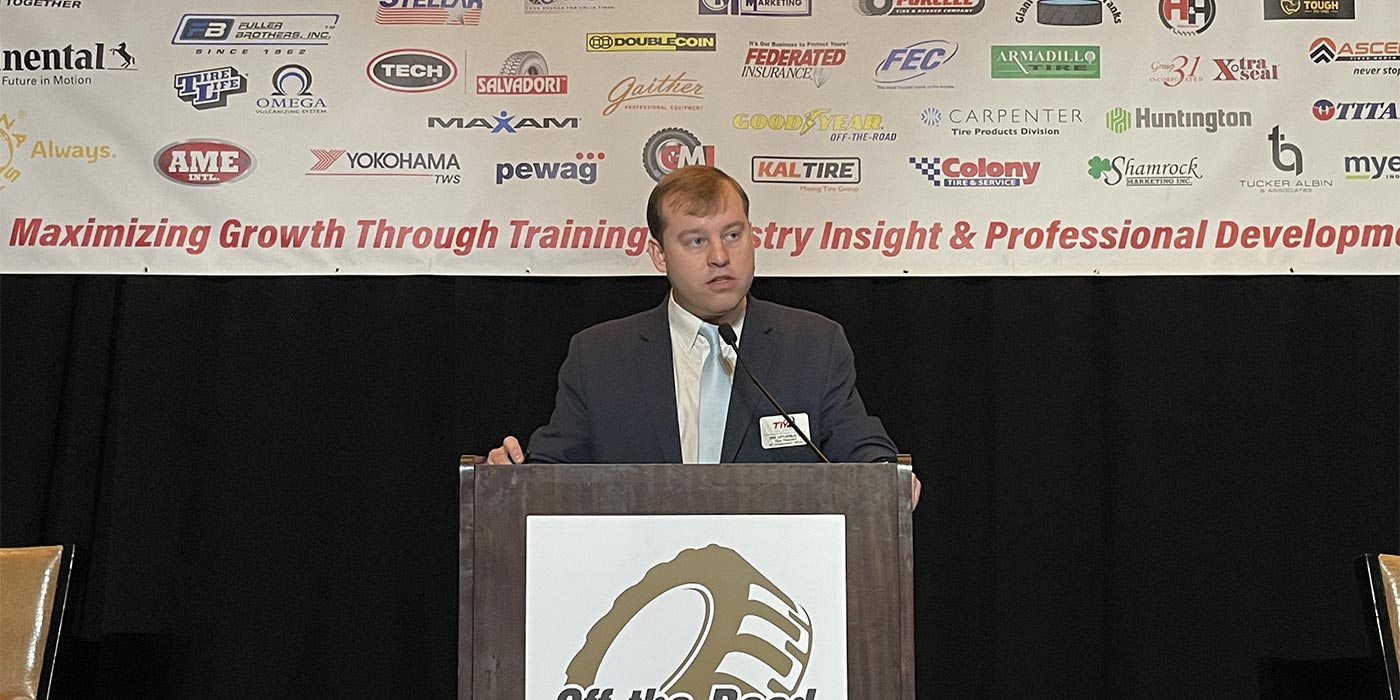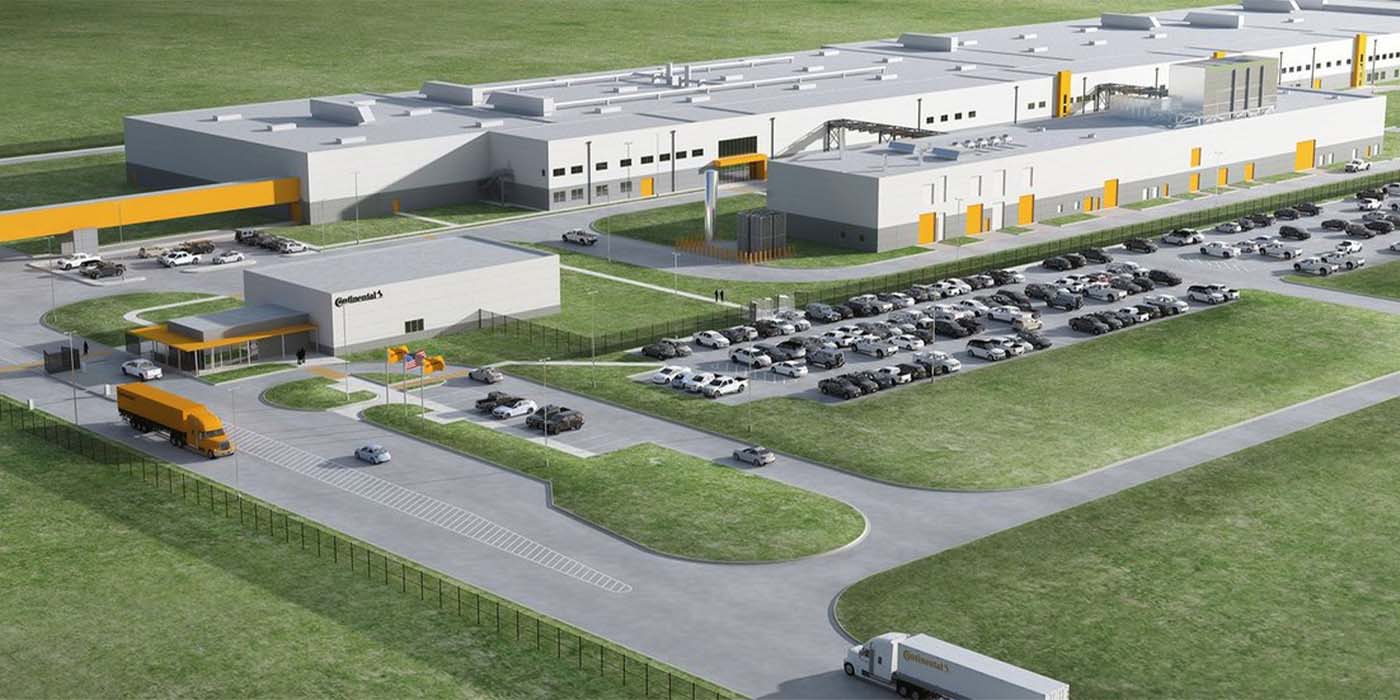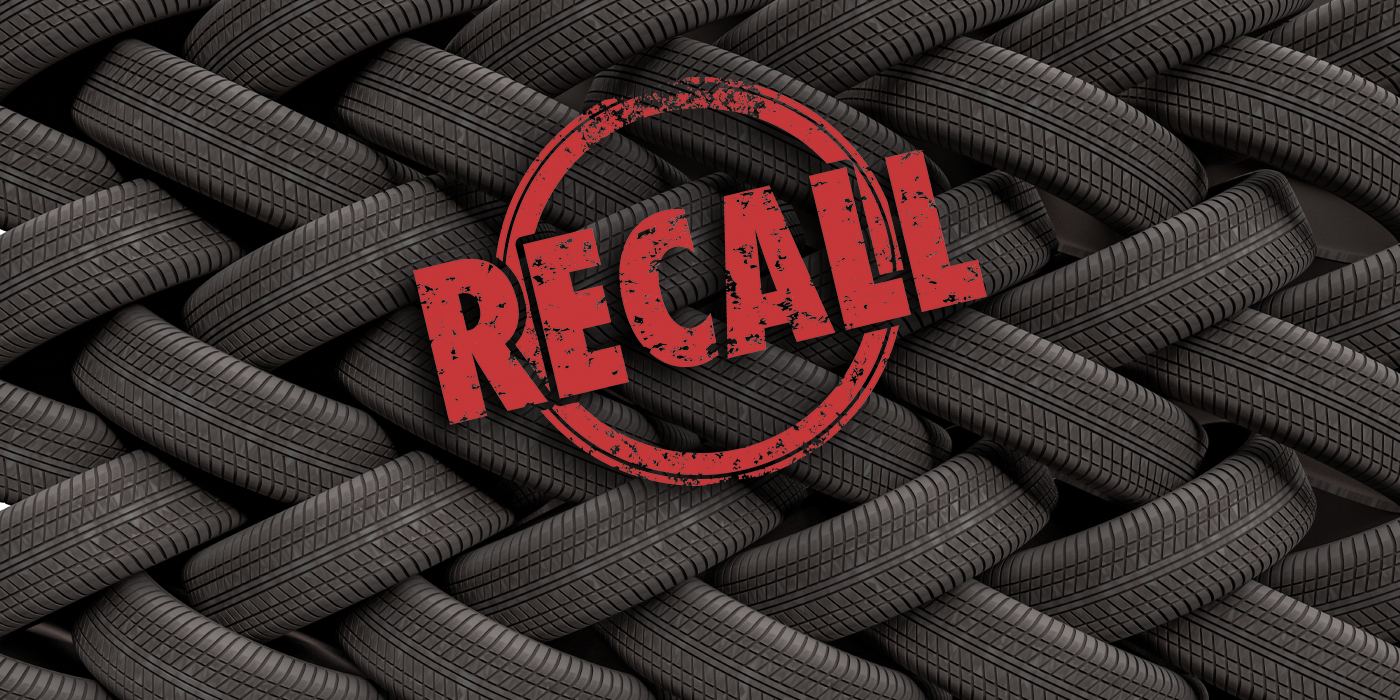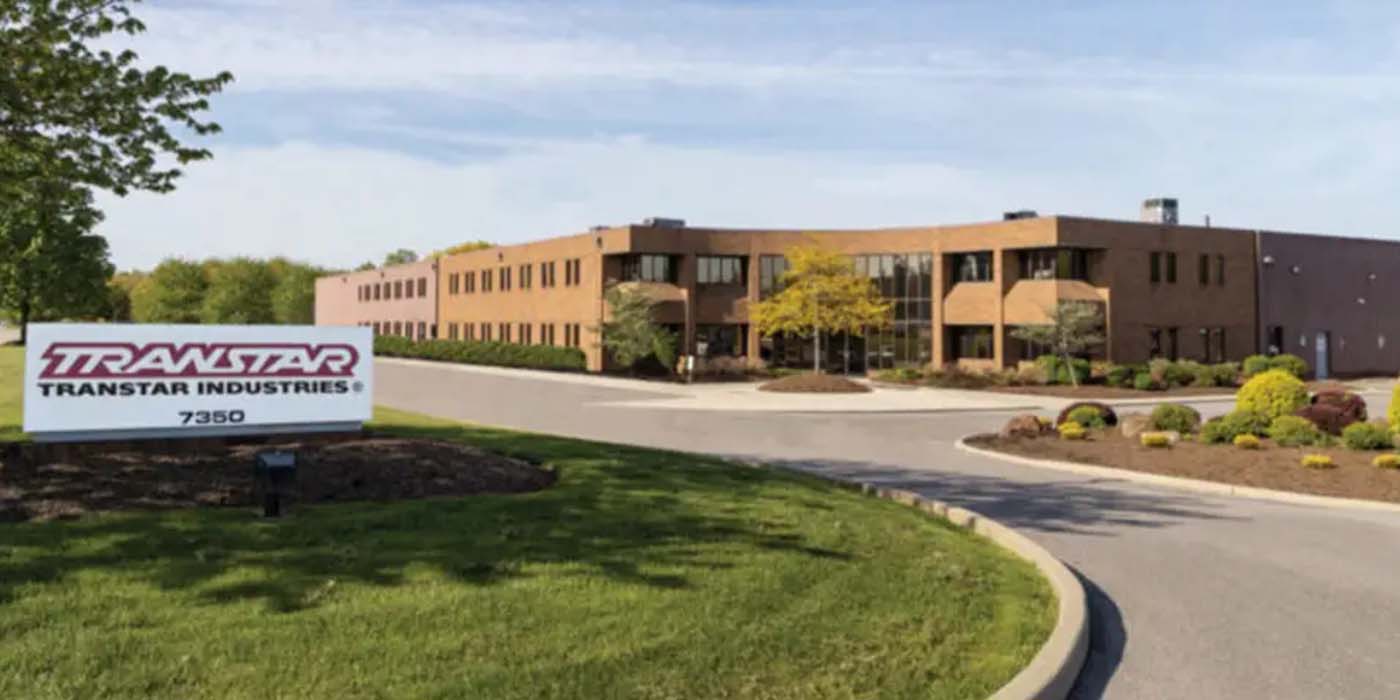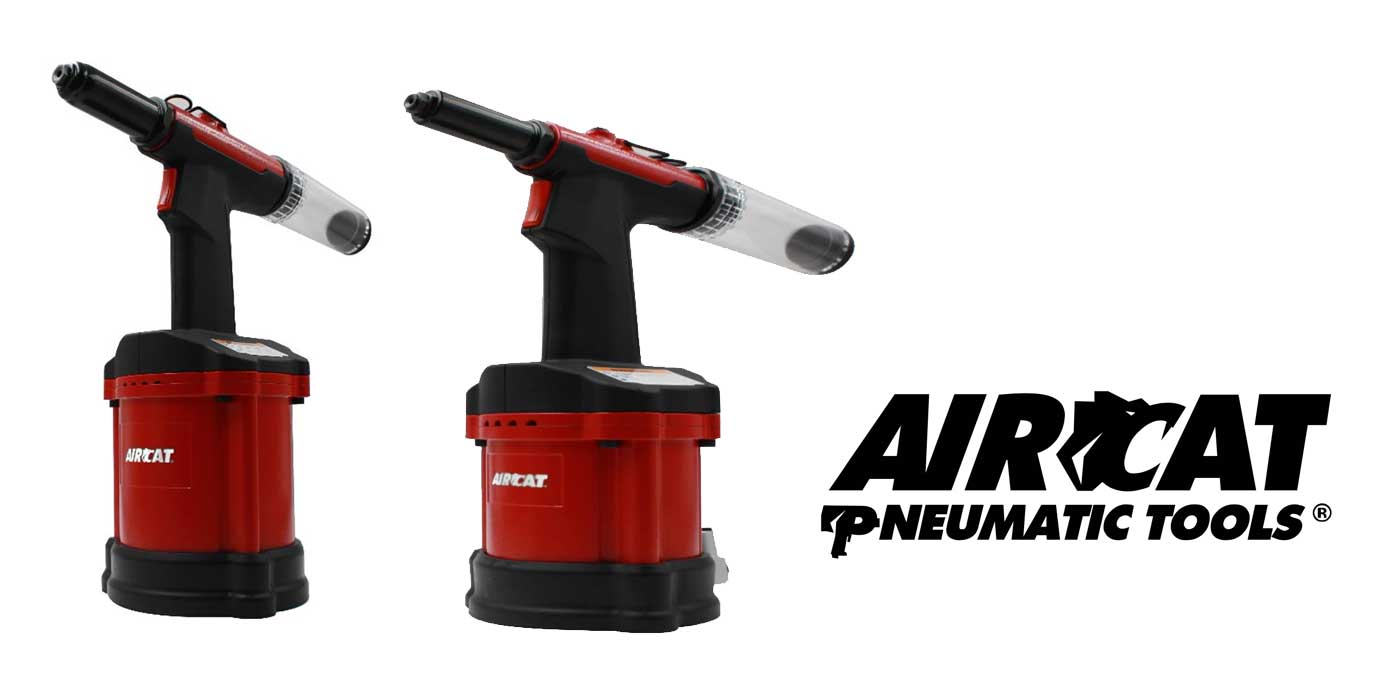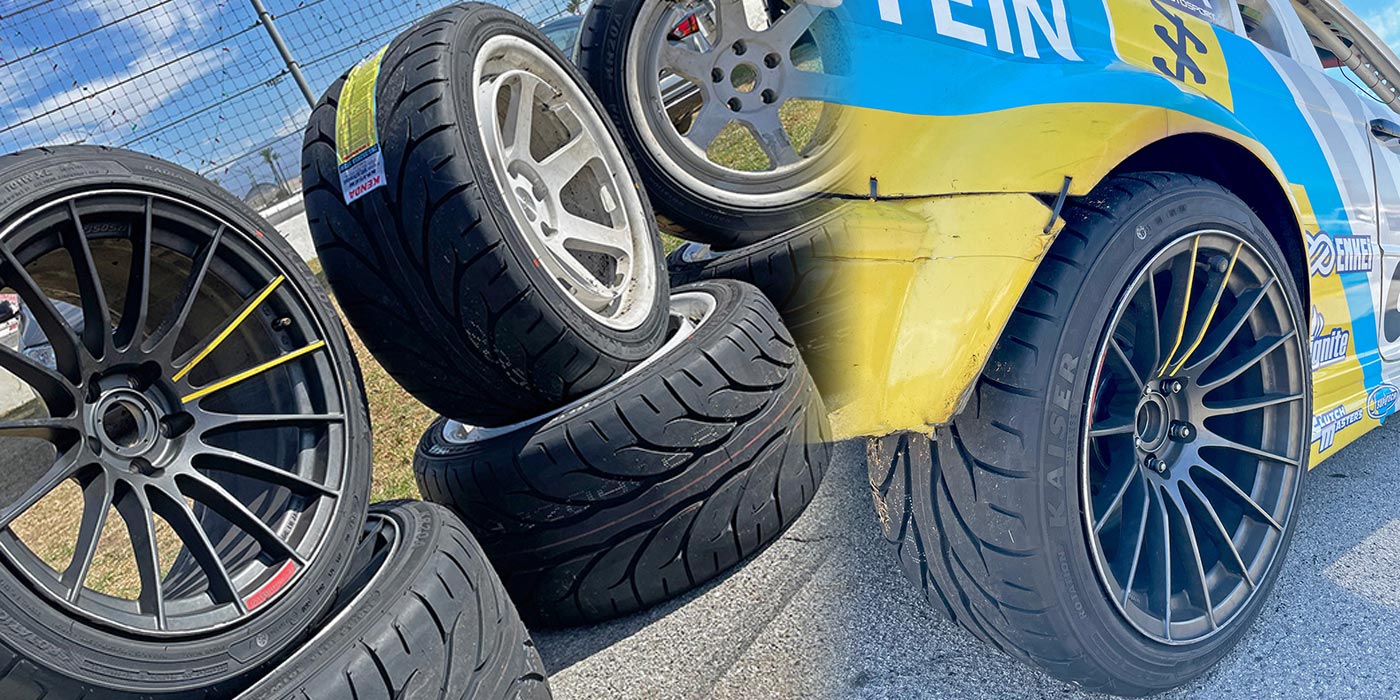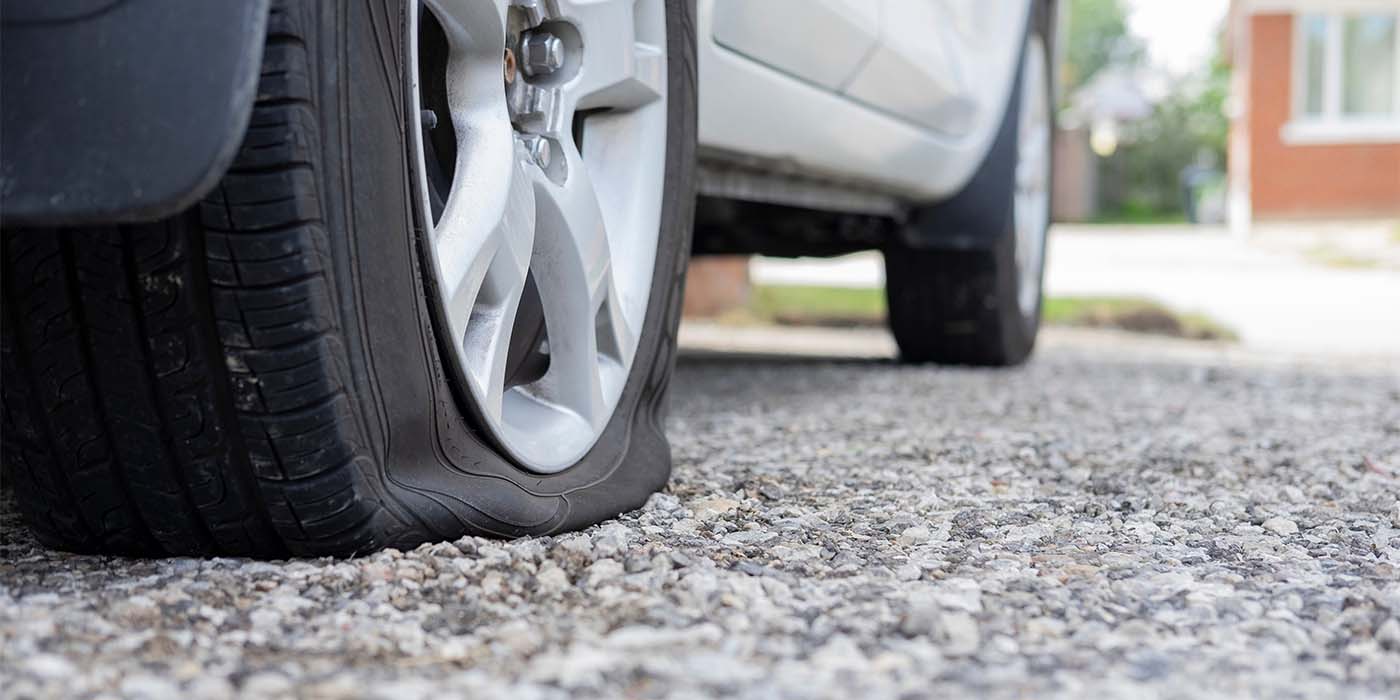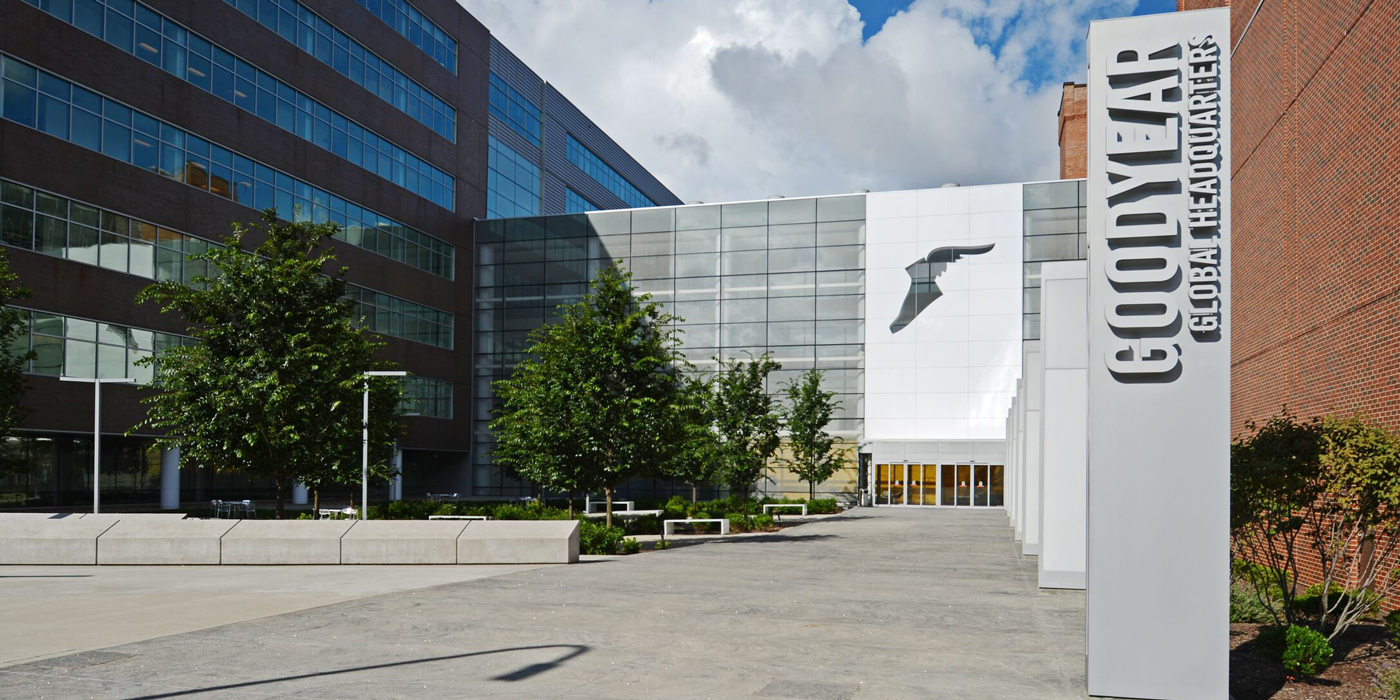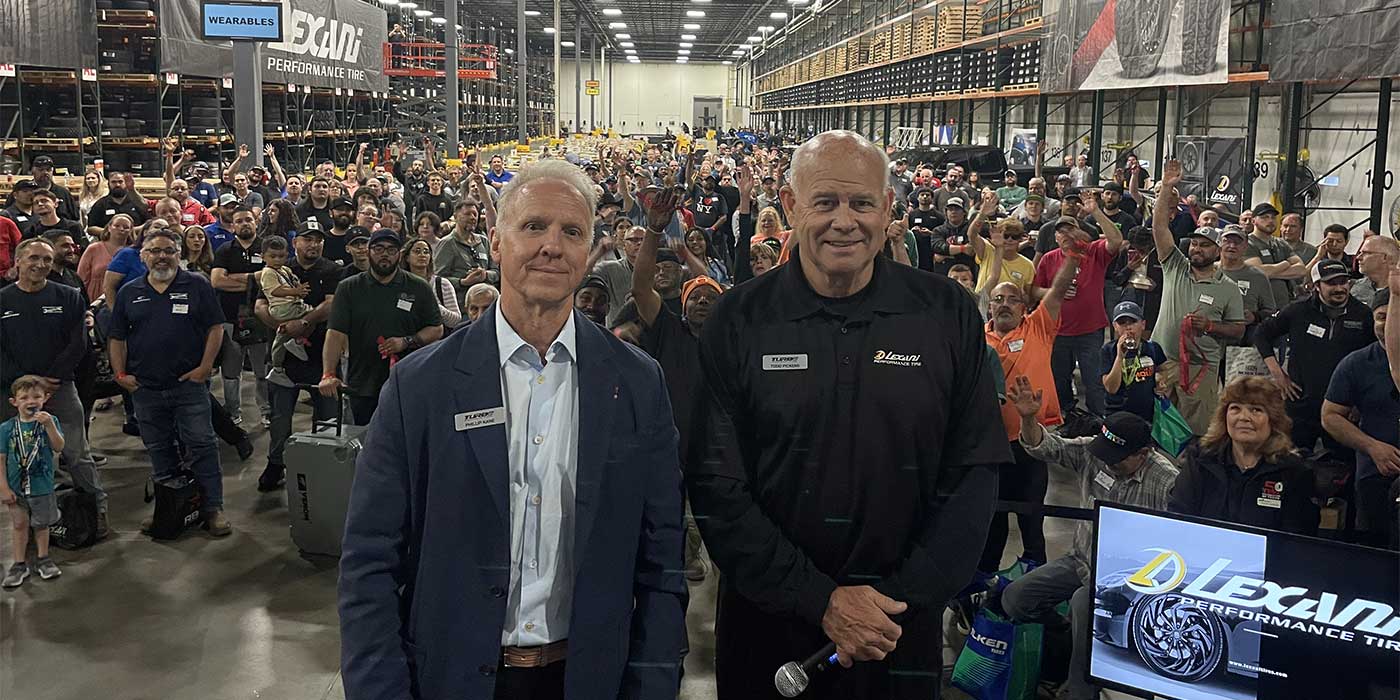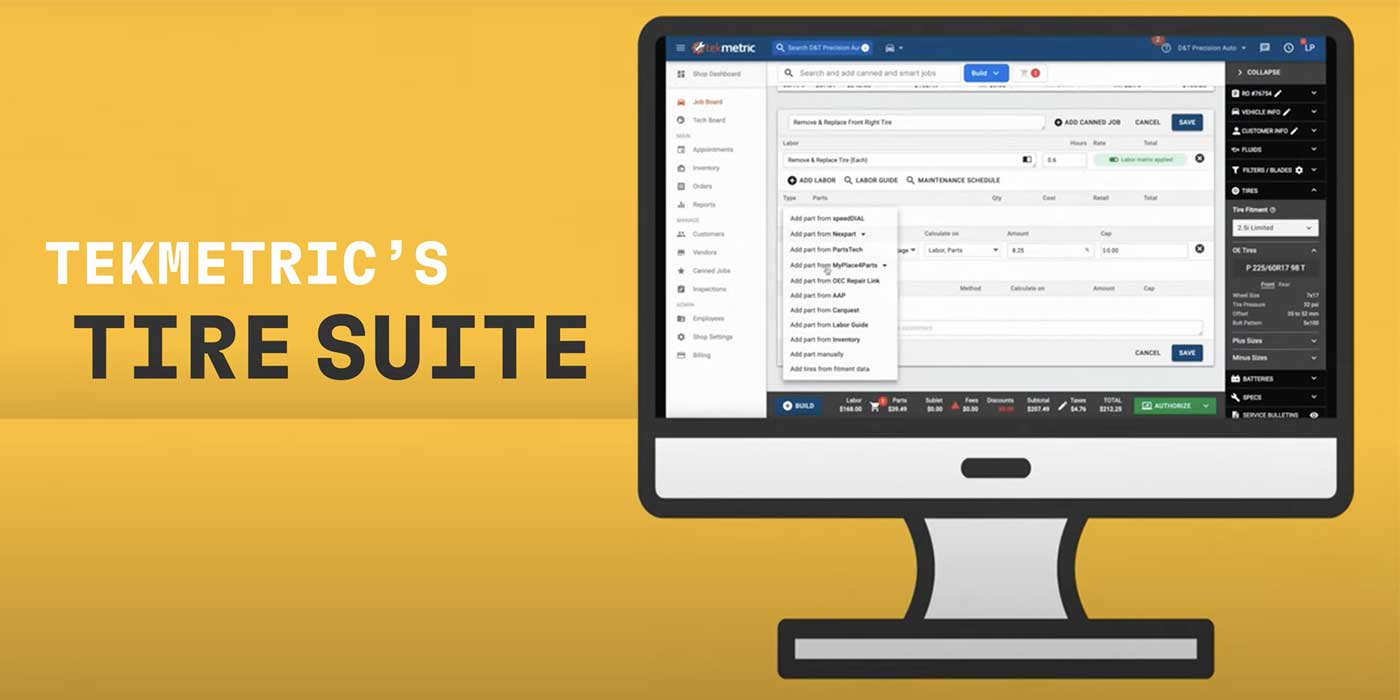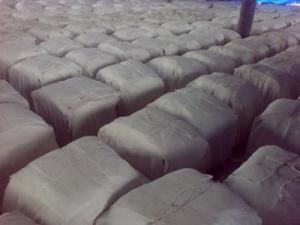 There are price increases and there are price increases. Anyone who has observed the tire market for long enough will be aware that what it says in the book and what customers pay are often two different things. Firstly, when someone like a bank says “price increases,” they are referring to the proportion of the price the vendor receives for their tires increases relative to its prior level. And secondly, due to the volatility of raw material commodity markets and other associated input costs, any predictions are liable to change and even cancel each other out.
There are price increases and there are price increases. Anyone who has observed the tire market for long enough will be aware that what it says in the book and what customers pay are often two different things. Firstly, when someone like a bank says “price increases,” they are referring to the proportion of the price the vendor receives for their tires increases relative to its prior level. And secondly, due to the volatility of raw material commodity markets and other associated input costs, any predictions are liable to change and even cancel each other out.
Sound like teaching grandma to suck eggs? Perhaps, but the latest round of price increases issued by swathes of tire producers highlight these principles in spades. Higher prices do not necessarily mean higher costs to buyers on the one hand and, if they do, this does not automatically mean more profitability for those issuing the prices increases.
Here’s how Morgan Stanley analysts summarized the situation with reference to the leading global tiremakers in March: “We believe the increase in list price will not automatically translate into higher transaction prices…wholesalers and dealers buy [at] a discount to list price at all times.” Therefore recent increases in list prices do not imply a “tailwind” to pre-tax profits and in fact, the analysts characterized the European pricing environment “especially challenging, given fierce competition from Asian companies (e.g. Hankook)” and depressed truck tire volumes.
Furthermore, Morgan Stanley reported that the bank believes 2010 will afford an “extraordinary opportunity” to non-premium tire companies to increase their market share in Europe. Commenting specifically on Pirelli (the subject of the investors report quoted here), the analysts singled out the Italian tiremaker as being in a “slightly more advantageous position given the higher relative weight of less price-competitive regions (Latin America, MEA) and the high skew towards the premium niche.”
But the point remains that the same so-called non-premium tiremakers that gained a significant market share foothold in 2009, according to some market observers, now have an “extraordinary” chance to extend this.
Ask a premium tire manufacturer about this and they will – correctly – point out that while companies like the South Korean majors or others may have sold significant amounts in unit terms, the values they are able to achieve per unit are less impressive. Again we come back to pricing and this, arguably, is where the rubber hits the road. Few people dispute that the “price/perceived quality = value” equation worked well for these companies during 2009. But the premium tire manufacturer representatives (in both the car and truck segments) Tires & Accessories spoke to point out that this was at a pre-increase price point and that certain manufacturers delayed or limited price increase implementation last year in order to make their products comparatively attractive. As a result, these companies will have to implement relatively steep increases in order to cover raw material price increases.
The management of Hankook Tire, for example, is reportedly targeting an 11% increase during the course of 2010. Financial analysts reported that the company is “confident in its ability to increase its products’ global average selling price by between 7% and 8% in 2010.” but Deutsche Bank said additional price hikes are possible in order to hit the 11% total during the year. According to the analysts, Hankook’s confidence of being able to successfully implement the price increase is based on the fact that “demand in key markets remains supportive.”
To continue the example, Hankook reportedly raised the average selling price in its profitable domestic market by 3% in January. There are said to be plans to raise domestic prices another 5% in the first quarter of this year, followed by another 5% to 6% second half. The company is said to be confident about raising prices in the Korean, U.S. and Chinese markets (in that order) in the second half of 2010.
However, it is interesting to note that the analysts left Europe off of this list. In Europe, Hankook reportedly plans to improve its distribution network by focusing on the expansion of retail outlets. Hankook is believed to be targeting a 14% year-on-year increase in global tire sales in 2010 (80 million units).
Looking forward, Deutsche Bank points out that new capacity in Hungary and China should be a key earnings driver from 2011. In the Chinese market, Hankook reportedly plans to reduce exports to take advantage of strong pricing.
Natural rubber breaks US$3.5/kg barrier
The key justification for the tire manufacturers’ price increases has been the cost of raw materials, specifically natural rubber, supplies of which have been hampered by droughts in Thailand and Southern China. On April 1, prices broke through the US$3.5/kg level for the first time in 60 years, which according to the Rubber Research Institute of Thailand, which represents an increase of around 75% during the past year. Other sources said they have more than doubled during the course of this year.
The news that already high prices were still on the up is likely to cause two further prices increases from tiremakers this year, which are expected to take “four to six” to have an effect on the tire companies’ profit and loss accounts. To put this into context, analysts at Deutsche Bank used three premium manufacturers’ natural rubber purchasing bills as examples. According to them, last year Continental spent approximately 500 million euros (7% of tire sales); Pirelli 340 million euros (8% of tire sales) and Michelin 950 million euros (6% of sales) on natural rubber.
Therefore, say the analysts, a two-times natural rubber price surge means the tire industry will have to increase selling price by 7% to 8% to fully offset this “headwind,” taking a constant dollar rate into account. Deutsche Banks view is that, as only 35% to 50% price increases stick, the industry will have to pass on at least another 5% price increase later to fully offset the latest increase.
However, price increases (and we are talking about the part that is actually implemented in transactions here) don’t always simply cover the costs and no more. Reporting on Michelin’s full-year 2009 results, Morgan Stanley analysts said that the raw material price cuts gave Michelin 318 million euros tailwind in the second half of the year. Now at this stage rubber prices, for example, remained high despite being than they had been. The point is that the benefit did not just come from the lower raw material cost, but also the lag effect of the earlier price increase implemented by the manufacturer.
And here is where the unpredictability effect comes in. Prognostication is a notoriously difficult business, something that is exemplified by the fact that in this case some key sources decided against giving forward-looking outlook advice for the rest of the year, citing fluctuating raw material costs (specifically natural rubber) as their reasoning. (Tyres & Accessories)

